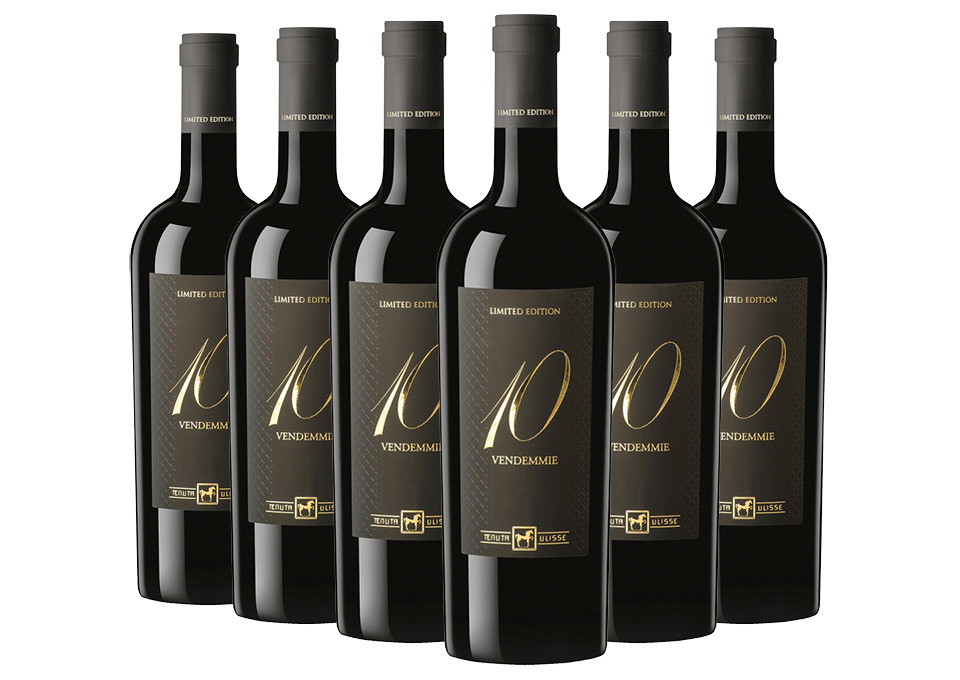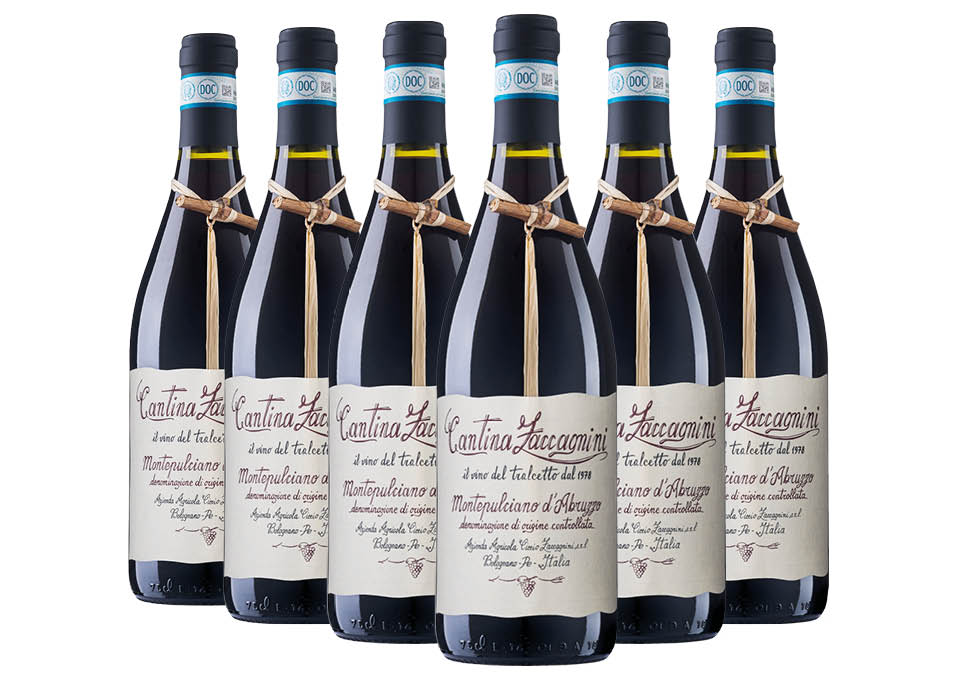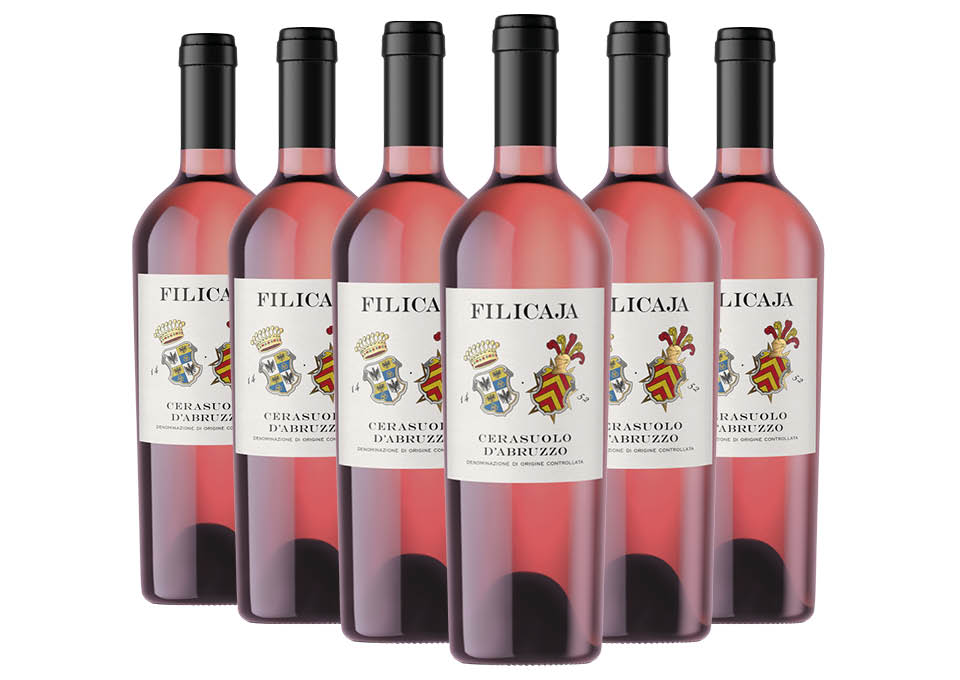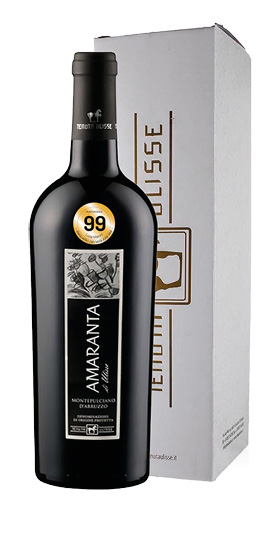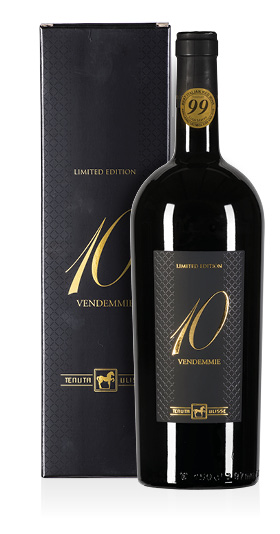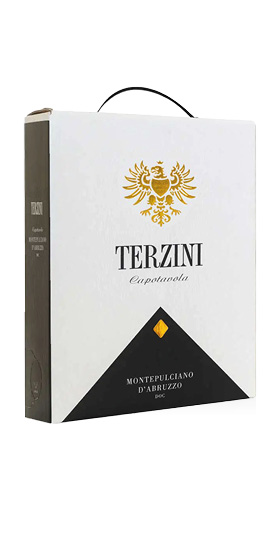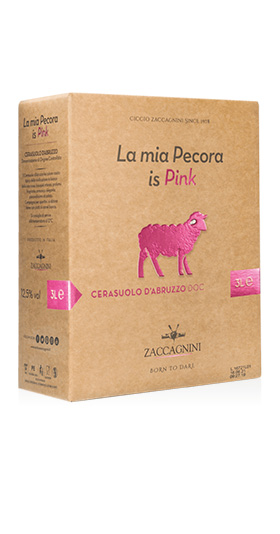Montepulciano
Montepulciano is the grape variety from which Montepulciano wine is produced. Montepulciano grapes have a late ripening and are characterized by berries with very thick skin. Well known and used in Italy, it is widespread in various regions of central and southern areas such as Emilia-Romagna, Marche, Lazio, Umbria, Abruzzo, Molise, Campania, Basilicata and Apulia. Not to be confused with the Nobile di Montepulciano, a wine produced from Sangiovese grapes, Montepulciano comes with all certainty from the Abruzzo region and, in particular, from the Pescara area. With almost 35.00 hectares of vineyards, Montepulciano remains the most cultivated black grape variety in Italy after Sangiovese and lends itself very well to the composition of various types of blends. Montepulciano is characterized by intense aromas of red and black fruits such as plum and blackberry, always accompanied by a fine spiciness that becomes more decisive with aging and that refers to cinnamon and dried herbs such as thyme and marjoram. Of chromatic impact with its intense and full reds, Montepulciano is a wine of great structure, it is enveloping and full, with tannins measured with a little ageing, long persistence and suitable for aging. For many, Montepulciano can present a vinous taste and a distinct tannic charge, characteristics that an adequate ageing gives a softer and more gentle wine, with a tasty and recognizable aromatic spectrum. In Abruzzo the most prestigious appellations concern the Montepulciano d'Abruzzo Colline Teramane but there are valid examples for other appellations such as Conero, Castelli Romani, Colli di Rimini. Montepulciano also appears in the Cerasuolo d'Abruzzo DOC which hosts a very fresh and appreciated rosé especially in combination with regional Abruzzo dishes.
Montepulciano d'Abruzzo
Montepulciano d'Abruzzo probably takes its name from the region of origin of the Montepulciano grape. Its diffusion can find in some written testimonies of the mid-18th century the proof that this grape was known and cultivated in the Abruzzo area. The combination of hilly slopes in the Pescara area and the presence of Apennine mountains most likely made Montepulciano d'Abruzzo resistant to phylloxera during the late 19th century. From the Peligna Valley to the areas that slope down towards the Adriatic, Montepulciano d'Abruzzo expresses its maximum power to connote the important appellations located in the provinces of Chieti, L'Aquila, Pescara and Teramo. The Montepulciano d'Abruzzo DOC appellation requires the presence of Montepulciano d'Abruzzo in an amount not less than 85% and, even in the Riserva versions, it allows 15% of non-aromatic Abruzzo varieties. This DOC includes 5 sub-areas that can be mentioned on the label including Casauria, Alto Tirino and Terre dei Peligni. Another appellation that makes use of 90% of Montepulciano d'Abruzzo and 10% of Sangiovese is the Montepulciano d'Abruzzo Colline Teramane DOCG: the wines that fall under this appellation must age at least one year in cask with two months in the bottle, while the Riserva version remains at least three years in wood and two months in the bottle.
What are the characteristics of Montepulciano wine?
Montepulciano has various characteristics in reference to drinkability. When young it has fruity aromas with cherry, plum and blackberry that make the taste direct, with evident tannins and medium structure. With aging, the wine acquires body and structure, offering smoother and more silky tannins, a full body and a long persistence on the palate.
Is Montepulciano a red wine?
Montepulciano is a traditionally red wine that stands out for its power and aromatic impetus, both in the young versions and in those aged in wood. Cerasuolo d'Abruzzo is a rosé wine produced with Montepulciano d'Abruzzo grapes for which a short maceration of the must is required in contact with the skins.
Is Montepulciano a still wine?
Montepulciano is usually vinified as a still wine. However, there are producers willing to compete with sparkling wine and pushed to create sparkling wines based on Montepulciano grapes.


